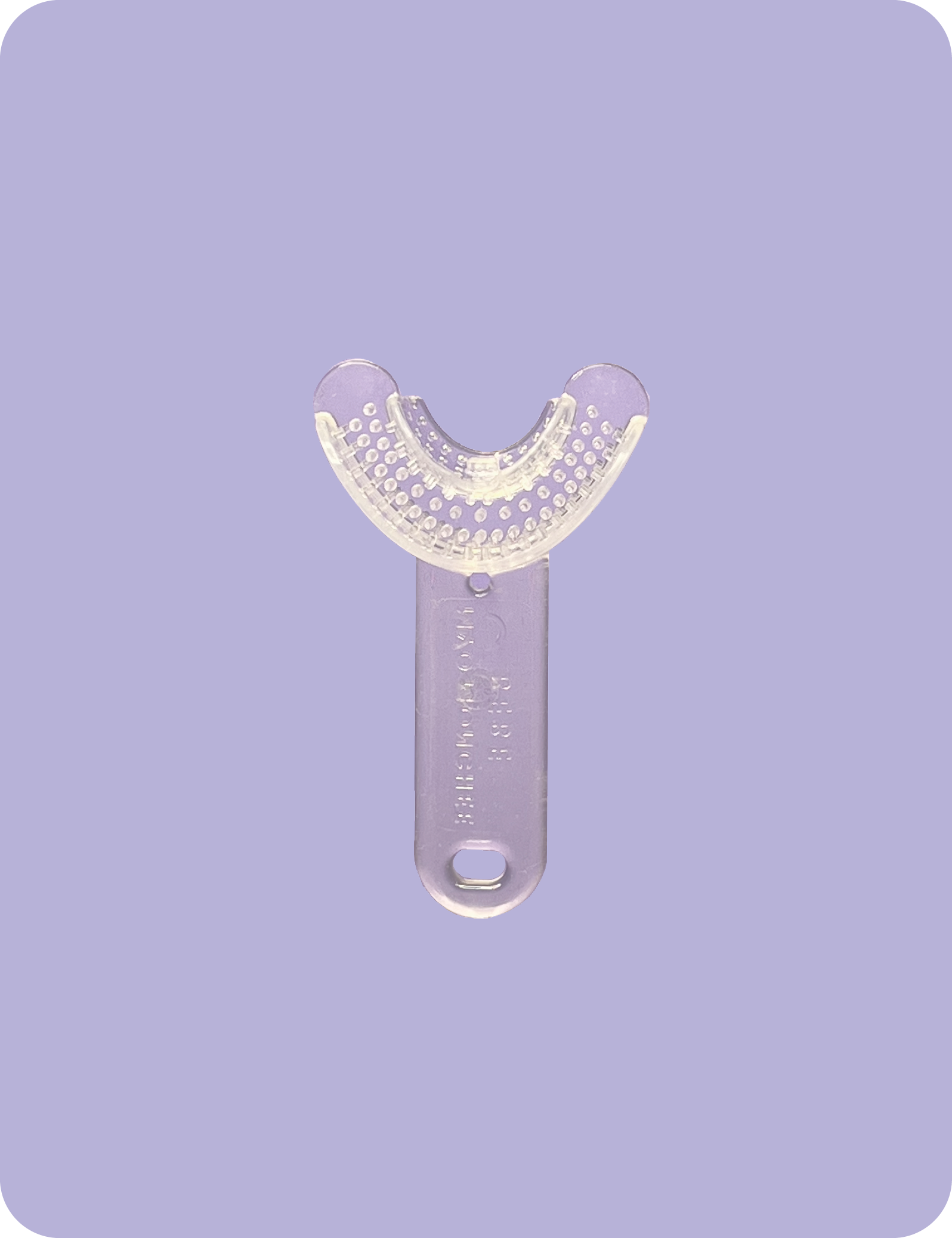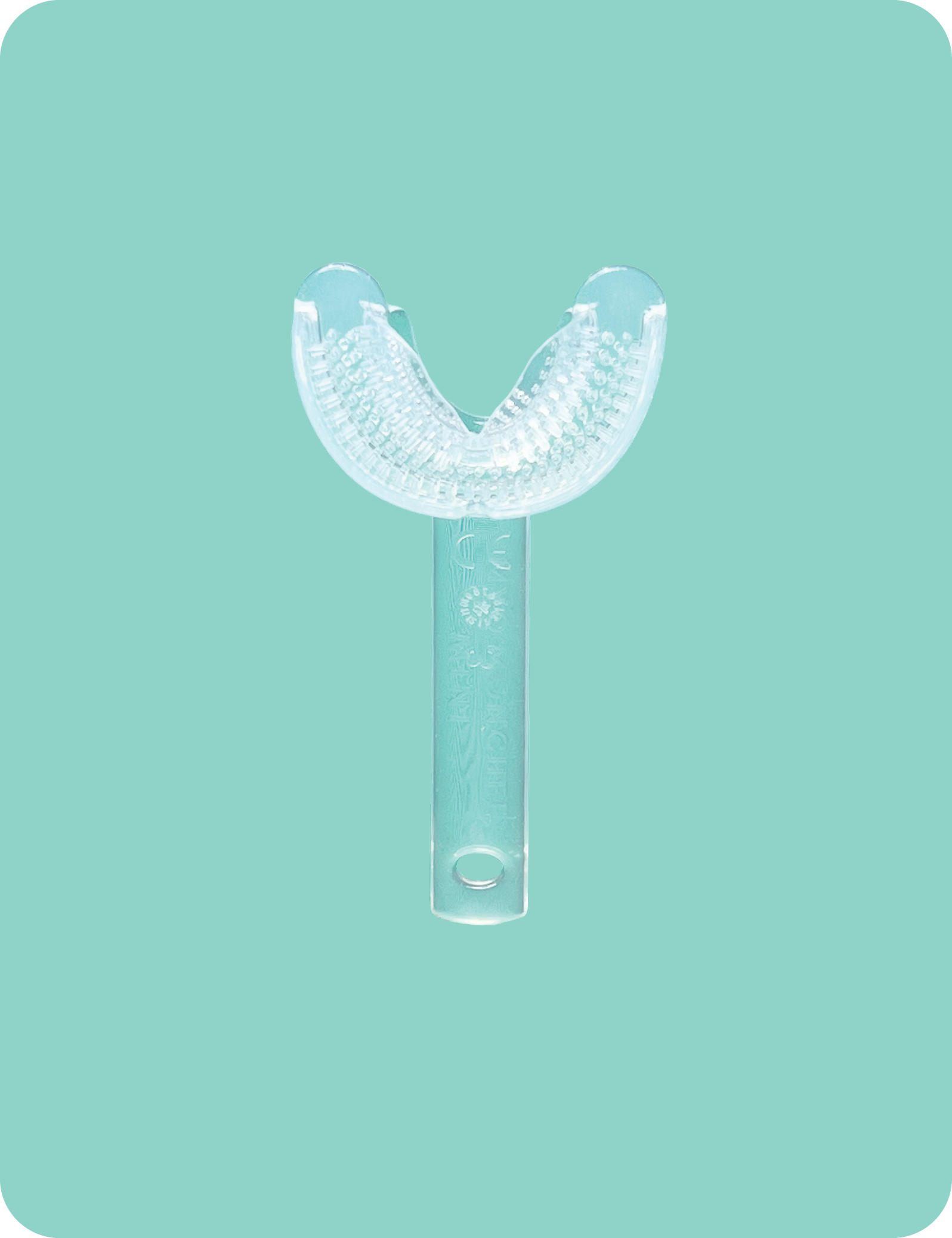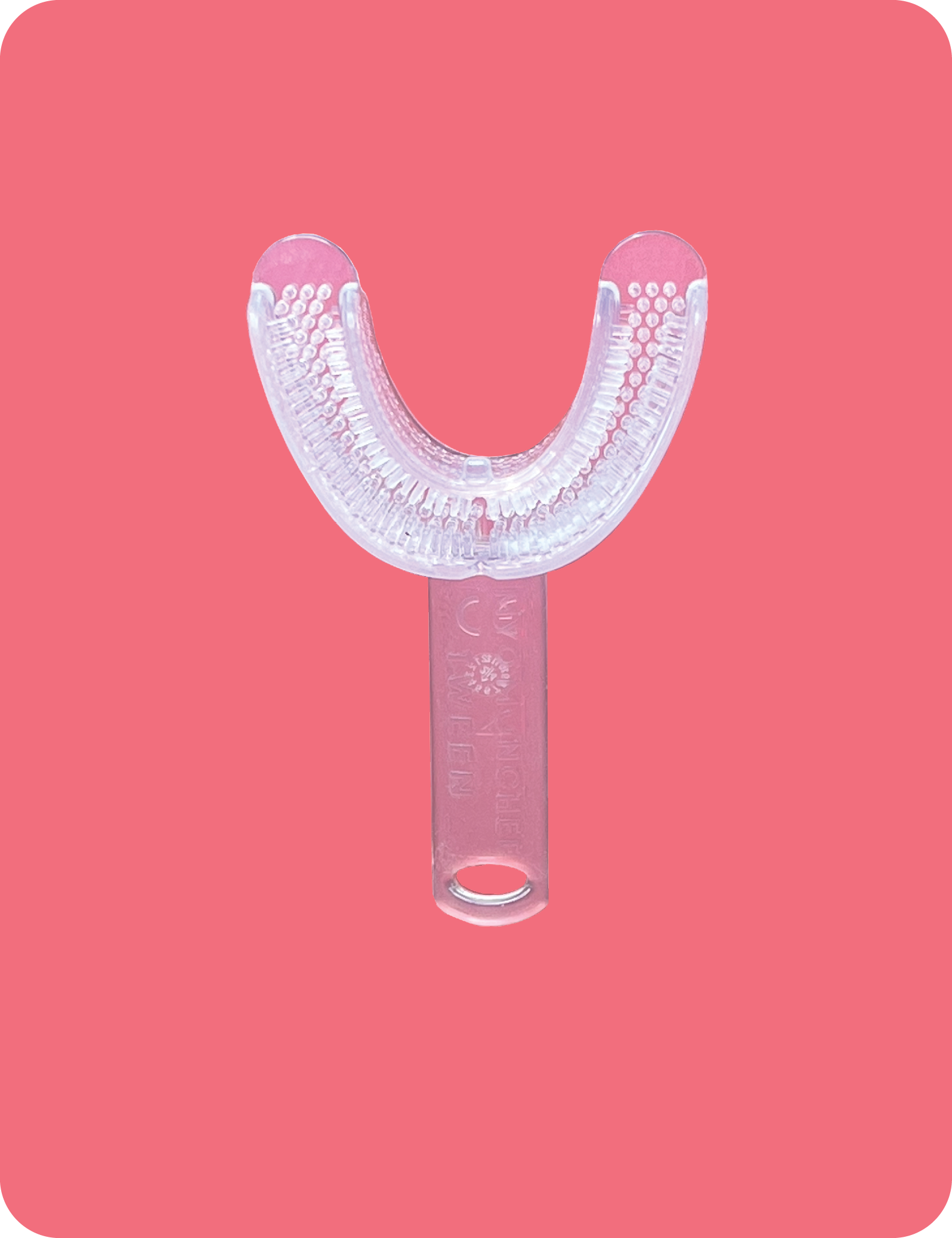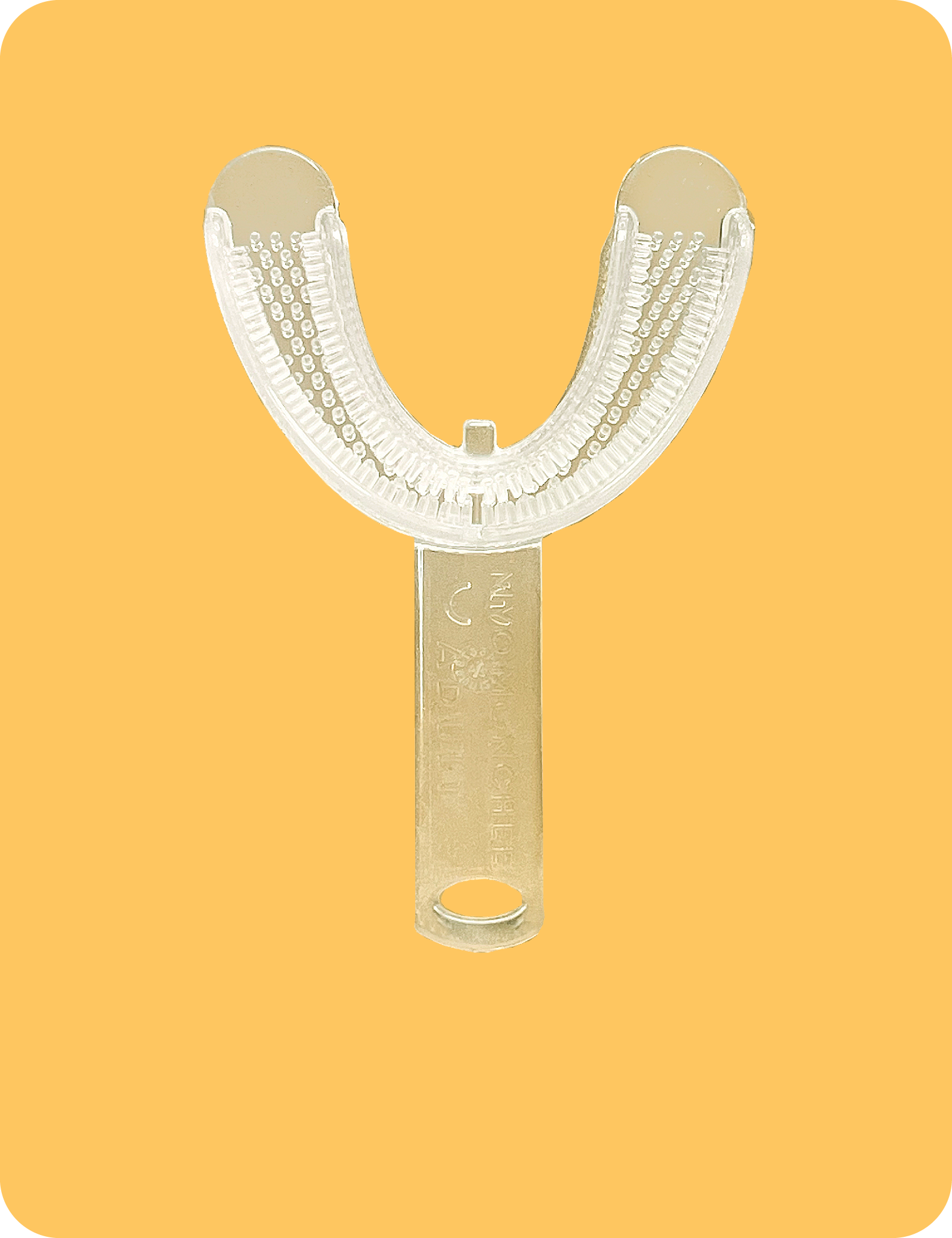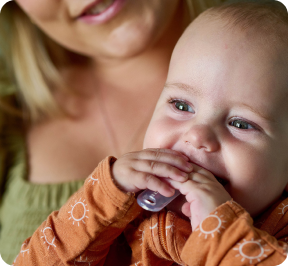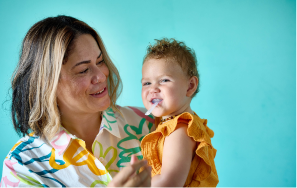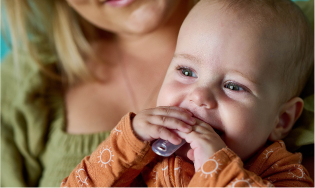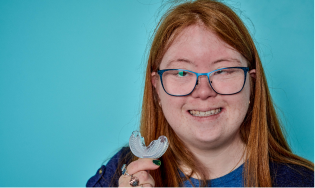Only Available From A Practitioner

IMPORTANT: Myo Munchee Bebe is only available to be purchased from a practitioner. Consult a professional to ensure optimal oral health outcomes
Click here to find a munchee certified practitioner0-6 weeks
There are many reflexive movements that are occurring in the first 6 weeks of life. These reflexes are known as "Neonatal" or "Primitive Reflexes" and are survival responses that are keeping the baby safe during this early development phase. Suck- swallow- breathe movements are controlled by these reflexive actions.
It is not just the breastmilk itself that has profound benefits but the mode of delivery.

Breastfeeding is a functional movement and activates the growth centres for jaw and facial muscles and bones.
It is a complex synchrony of nerve information that co-ordinates over 26 pairs of muscles- all controlled by reflexive activity from the brain.
Find out moreThe tongue is the primary muscle that is working to draw the milk from the breast, in conjunction with lips and cheeks, and it is this process that is stimulating the growth of the jaw bones (maxilla and mandible) and developing the strength of the muscles of the face, lips and throat.
Bottle feeding even with breast milk is a very different process. The nutrients will be the same, but the action of the muscles, bones and nerves will be quite different- this is why many babies will find it easier to bottle feed. There is a physiological Law that states that a bone will grow in accordance to the forces placed upon it- Wolffs Law. (video of me talking about Wolff’s Law).
If using a bottle for feeding it is important to be alternating sides when feeding and using PACE feeding to ensure that the baby is learning the rhythm of suck-swallow- breathe.
View hereThere are many other body movement reflexes that are active at this time as well- one of the most well-known of these reflexes is the ‘Moro Reflex’ otherwise known as the Startle Response. These reflexes activate the muscle groups for full body movements and head posture and position. It is normal to see them very active in the first 6 weeks of life and is why we need to swaddle babies.
For more information about babies early movement patterns, here is a great article from Brain Balance and @brainbalancecenters
6 weeks +
- Baby can now hold their head up.
- Smiling and cooing and tongue coming forwards out of their mouth.
- Baby is starting to bring their hands to their mouth - this is an important part of their oral development.
- Baby should have lips together at rest and be breathing through their nose
- The baby should have some neck strength and be able to hold their head up when being held, they will be smiling and cooing. They will be starting to track you with their eyes and will be able to fixate on an object or your face.
- There will be plenty of movement occurring as they discover their arms and legs, as well as head and neck movement. This is a good time to use less swaddling to allow the hands to come to the mouth- this is an important part of integrating some of the oral reflexes and also developing their oral exploration.
- The baby should have lips together at rest and breathing through their nose- especially when sleeping (If using a pacifier make sure you remove it once they have gone to sleep, so they do not get used to this sucking pattern.)

By around 10 weeks the sucking reflex will have disappeared and this is a great time to stop using the pacifier.
3 + months
- Tummy time is an essential movement for early jaw growth and function- gravity assists with the forwards growth of the jaw, as well as development of shoulder and neck strength and stability.
- The tongue will be coming out past the lips at times as it develops more strength and movement.
- Your baby will be developing a lot more strength and stability in the shoulder region and the neck will now start to lengthen and the cervical curve will be developing.
- They should be very comfortable on their tummy and will be pushing up and looking around with more eye, neck and head movements.

4 + months
Giving them plenty of objects of different sizes, shapes and textures is important so that they have plenty of oral sensory information feeding back to their brain.
They are stimulating and activating the chew responses and developing new ways to use their tongue muscles. It is important to minimise pacifier use, as this limits the amount of activity of the tongue muscles and will have an impact on the way the shape of the jaws will develop.
Find out more- Baby’s tongue should be coming forward past the lower lip and they will mirror parents’ actions with tongue if they demonstrate how to do this.
- Plenty of laughing, babbling, and seeing what they can do with their mouth.
- They are exploring everything with their mouth- bringing their hands together and to the mouth- it is the oral phase of development.
- They will often set off their gag reflex by sticking their fingers far into the mouth as well as many toys- this is all part of normal development. The gag reflex is a survival reflex that will stay with them for life.

Your baby is now ready to develop their chewing responses, which will enable activation of the more mature postural reactions of the jaws. This is a perfect time to introduce chew toys, and really begin to minimise pacifier/dummy use, to assist with activating the chew reflex before solids are introduced around 6-months of age.
They are getting ready to start solids around 6 months. They will be showing a lot more interest in watching you eat and they will be keen to try this process themselves.
Find out more
If using a pacifier make sure you remove it from babies mouth once the baby is settled and asleep. This is to limit the amount of time the baby is sucking on the pacifier.
By around 10 weeks of age the sucking reflex will have integrated and this is a good time to stop using the pacifier
Find out more6-8 months
- Teething will often start around this time with the eruption of the 2 bottom teeth first followed by the 2 top teeth.
- This will define the front boundary of the jaw and the tongue will now stay inside this defined edge.
- Over the next few months more front teeth will come in to further define this boundary.

Here is a wide window of timing for when teeth will erupt. For more information, specific to your child i.e. very delayed tooth eruption, very early tooth decay, etc, you would need to consult a paediatric dentist.
Solid food plays a crucial role in a child's jaw development
As the baby teeth start to erupt the child starts to develop their oral awareness and connection to chewing. As these tiny teeth cut through the gum, the trigeminal nerve senses pressure and touch via the periodontal ligament. These sensations are fed back to the brain about the position of the lower jaw Read More
Tongue lateralisation and chewing reflexive movements should disappear and the more mature oral postural reactions should be present which will enable the baby to manage different textures and sizes of food etc.
There is a lot of complexity to the action of swallowing of both solids and liquids and this is the time when the mature swallow response should start to become evident. This will mean that the baby can take the food/drink into the mouth and manage it with the tongue into a bolus and then swallow using the posterior aspect of the tongue.
Ideally the food will not come out of the mouth and they will not be too messy with eating. Drinking out of a cup is a skill that babies of this age should be able to start to practice.
Go back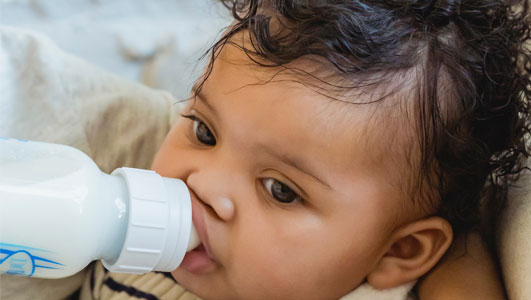
There are a number of reasons that babies may not be meeting these early oral movement milestones and it is worth checking in with a practitioner who is specialised in this area to find out more.
See the directory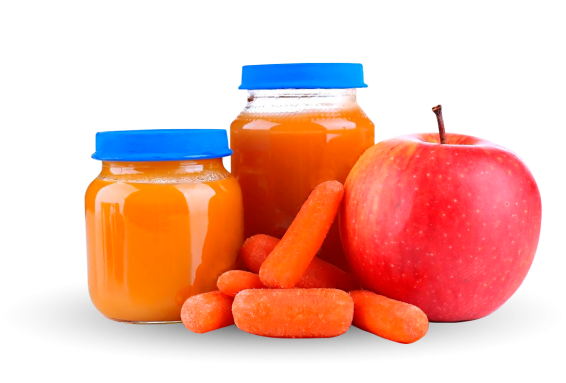
12 + months
By this age your baby should be eating a wide variety of foods with different textures, sizes and shapes.
- Wholefoods are essential so that they get the full sensory experience from eating- the feel, smell, taste is all part of the experience.
- One third of all sensory information that is being relayed to the brain is coming from the mouth as there are a lot of sensors in the lips, face and tongue.
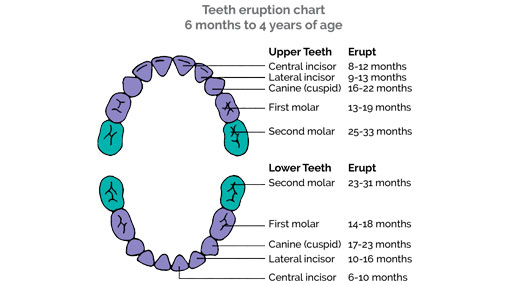
- The eruption and occlusion of the first molars provides a strong boundary for the tongue and also supports the development of the neck strength.
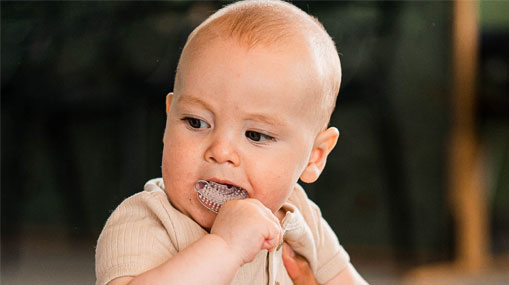
- The oral space is where they first learn about the 3 dimensions of space- putting everything in their mouth gives them a lot of feedback about the size of things.
18 months
- Toddlers should be able to chew with mouth closed and nose breathe.
- Make sure they are contained and seated (in age-appropriate chairs) while eating and encourage them not to over fill their mouth or talk while eating.
- By age 2 years they will have their 2-year-old molars and will be capable of the more complex rotary chewing actions.
- We can now see how the jaws are coming together (occlusion).
Red flags and signs of dysfunction
- Dribbling/Drooling
- Ear Infections
- Enlarged Adenoids and Tonsils
- Sleep disturbance
- Continued dummy/pacifier use
- Thumb or digit sucking (past the age of 2 years)
Excessive dribbling
Saliva management is a skill that should be occurring around this time. Even when teething the excess saliva should not all come out of the mouth.
Mouth breathing
Red flags when sleeping: If baby is tongue thrusting, dribbling and mouth breathing is will be important to be assessed by a health practitioner.
Go back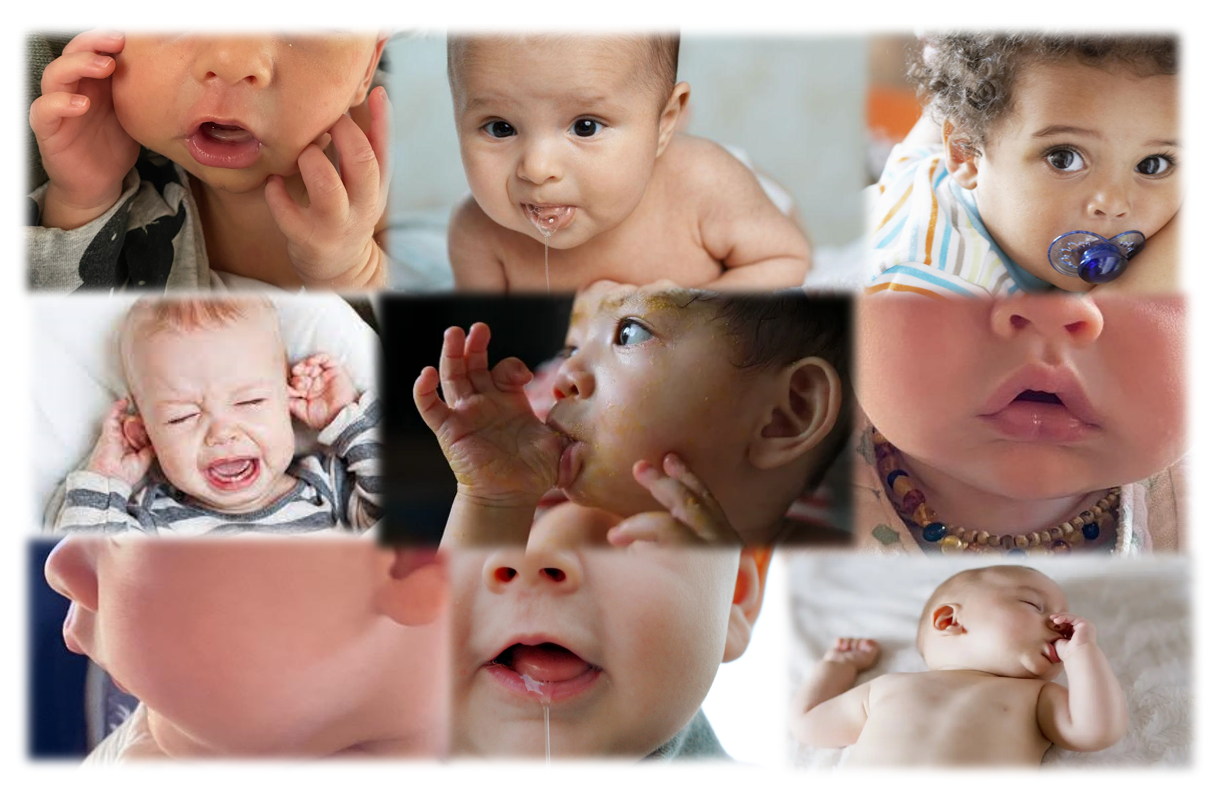
If you or your child are dealing with any of the above, it may be helpful to be assessed by a practitioner, to see if a Myo Munchee is right for you.
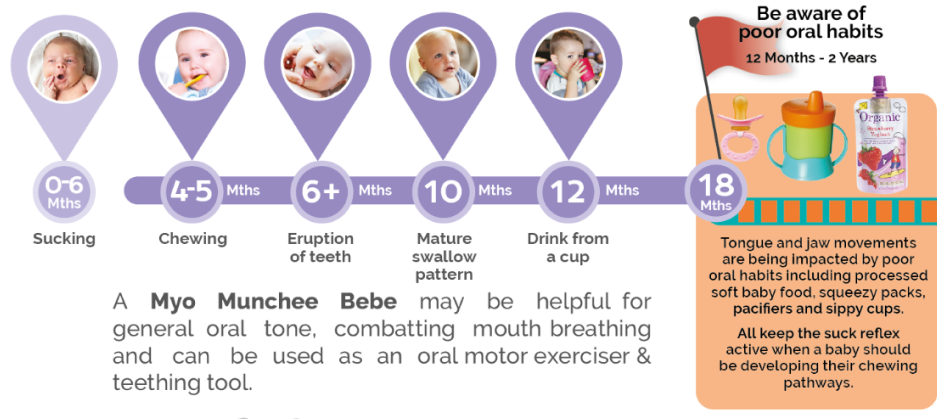
Why has chewing been outsourced?
In the last hundred years, the western industrialised lifestyle—with its soft foods, reduced nutritional diversity, and rapidly decreasing range of exercise— has essentially removed natural cues for healthy oral development. Chewing, swallowing and movement has been outsourced...until now!
It is important to transition from sucking to chewing around 4-6 months of age
The Myo Munchee is a small chewing device made of soft, medical grade silicone. Shaped like a mouthguard, with a handle attached, the mouthpiece is soft, but durable, with lots of silicone prongs, which massage the teeth and gums.
Watch video
Only Available From A Practitioner

IMPORTANT: Myo Munchee Bebe is only available to be purchased from a practitioner. Consult a professional to ensure optimal oral health outcomes
Click here to find a munchee certified practitionerAt any Age and any Stage, Myo Munchee can support you on your life's journey
Download your free copy of our eBook 'Why Children Must Chew'
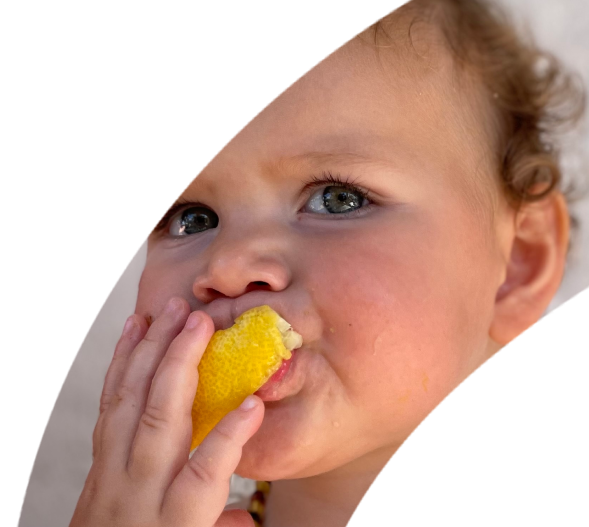
Sign up for news and updates
Enter your details to receive news and updates on all things Munchee!
More About Munchee
How do I use a Munchee
Watch this video to find out the most important movements for chewing a Munchee
Watch videoResources
Please check out our resources for more information and shoot us an email if there are specific topics you'd like more info on!
View our resourcesContact Munchee
Got a question for us to chew over or need product and ordering support? Reach out to Munchee
Send messageFollow Munchee
FAQs
-
Why is chewing important for babies?Chewing is a milestone that needs to be activated – this should be ready for stimulation by around 4- 5months (chew toys are perfect for this age group before commencing on solids). Chewing assists in the development of jaw, palate and facial structures in babies and children – with 80% of facial growth taking place in the first 4 years of life – let’s make sure that growth is optimal. Chewing a Munchee can be a wonderful way for babies and children to activate their optimal chewing patterns and function.
-
How can I encourage my baby to use their Munchee?
Attempting to keep a baby engaged can seem like a huge feat. However, it really comes down to many, very short, positive, and fun interactions throughout the day - this is how people are finding success with young ones – it hopefully then becomes habit and second nature.
Excited, encouraging, positive reinforcement and very “over the top” reactions when they use it, can have positive results also. It can be super helpful to incorporate it into routine activities such as reading/tv time, bath time, travelling in the car/pram, etc., as well as dipping it into things like sauerkraut brine, coconut kefir and vegetable/fruit purees, so they associate it with tastes they like.
Plus there is also modelling…when a parent or older sibling is using their Munchee, a baby will often happily engage with their own Munchee too.
Tiny moments with the Myo Munchee Bebe, can have big impacts on your baby’s oral health development and function.
Try to ensure Munchee time is always fun, offered often but never forced.
-
Why would a baby with no signs of dysfunction require a Myo Munchee?
The natural growth forces generated from correct chewing make a big contribution to growing faces. Chewing has been linked to facial development, correct swallow, normal digestion and even concentration and memory. Active use of a Munchee everyday helps keep the body’s natural chewing function on track!
-
What are some signs that your little one may benefit from chewing a Munchee?
- Issues with dribbling and drooling
- Mouth breathing in the daytime or when asleep
- Messy eating
- Misaligned teeth
- Ear and sinus congestion
- Teeth clenching and grinding
- Thumb sucking or pacifier/dummy use

